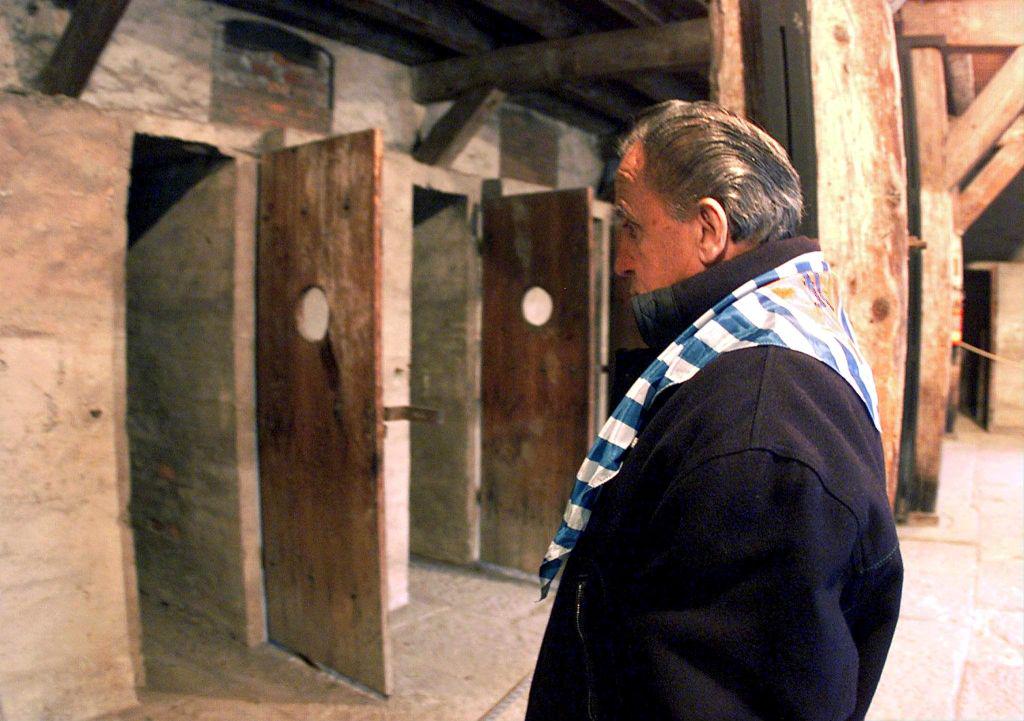
A building known as Risiera di San Sabba, in the Italian port city of Trieste, is just a stone’s throw from the Slovenian border. It may look like an ordinary warehouse, and for decades, it served as a rice mill. During World War II, however, it was transformed into a concentration camp, where thousands of people – many of them Slovenians - lost their lives.
When Italy capitulated in 1943, Germany took over Trieste and turned the rice mill into concentration camp with a capacity to hold thousands of people. A rice drying facility was made into a crematorium where up to 70 bodies could be disposed of every day.
The victims of Risiera di San Sabba were mostly Slovenians. Throughout the Slovenian countryside, Nazis would single out suspected members of the resistance and some whose only "crime" had been the fact that they were Slovenians, Croats, or Jews. When they were brought to the rice mill, they faced some of the most hardened criminals of the Nazi death machine – veterans of Bergen-Belsen, Sobibor, Treblinka, and other extermination camps. The rice mill also became a collection center for Jews from around the region – and their fate was sealed the moment they entered the camp.
Despite all odds, some Slovenians survived their ordeal at Risiera di San Sabba. Among them was the influential Slovenian writer Boris Pahor. He was later transferred to other concentration camps but managed to survive the war. Now aged 102, he frequently writes and lectures about his wartime experience.
When the Germans realized that they were about to lose the war, they burned much of the camp’s documentation in an effort to conceal their crimes. However, they failed to destroy the memories held by the surviving inmates. A museum has now been set up in the former rice mill; it serves as reminder of the suffering endured by the victims of Nazism and the horrors of war.

































































